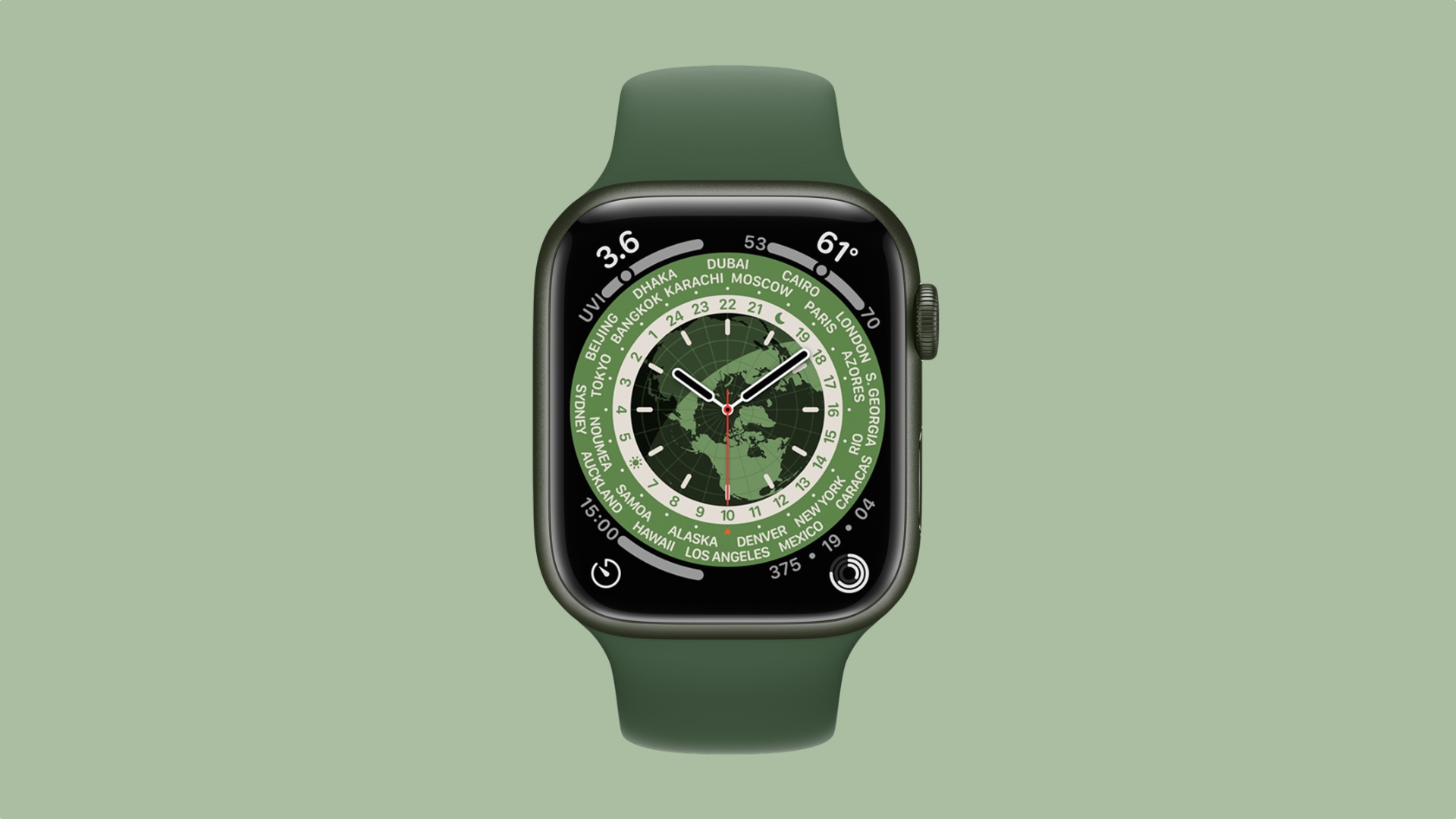

- #Alternative usb bootable os for mac g5 install#
- #Alternative usb bootable os for mac g5 iso#
- #Alternative usb bootable os for mac g5 download#
- #Alternative usb bootable os for mac g5 windows#
Whatever the reason, my last generation Power Mac G5 will only boot from the flash drive if I startup in Open Firmware. I couldn’t boot from it in the traditional way. But no matter what I did, the USB thumb drive never showed up as an option.

If I’d had an external USB or FireWire drive, it would have shown up as well. On my Power Mac G5, the options are OS X 10.4.11 Tiger, 10.4.11 Tiger Server, and 10.5.8 Leopard.
#Alternative usb bootable os for mac g5 windows#
On most Macs, if you hold down the Option key (marked Opt on some Mac keyboards, Alt on Windows keyboard) at startup, your Mac will present you with all the bootable options on your computer. It’s easy, but there’s nothing nearly as easy for booting from a USB flash drive. That goes back to the first Macs with built-in CD-ROM drives. Start your Mac, hold down the C key, and it will boot from whatever is in your optical drive. I’ve been a spoiled Mac user since 1986, and if I’d had a CD-R or DVD-R, this would have been easy. Those are not the default settings, so you’ll have to find them in your version of Disk Utility. The key is to format the flash drive using Master Boot Record and FAT.
#Alternative usb bootable os for mac g5 iso#
Etcher dutifully imaged the ISO file to the flash drive. I formatted the flash drive as FAT, exFAT, HFS+, Apple Partition Map, GUID Partition Map, and Master Boot Record. In other words, you need a fairly modern Mac to create the bootable flash drive you need to launch Linux on PowerPC Macs. I had to use one of my Macs with OS X 10.11 El Capitan installed, and that did the job. Nor does it run on my Intel Macs with OS X 10.6 Snow Leopard. However, Etcher doesn’t run on PowerPC Macs. The only method I found that worked for creating a bootable USB flash drive with Lubuntu on it required me to use Etcher, a freeware app that takes an ISO and creates a bootable flash drive from it. Formatting the flash drive was the easy part installing the ISO and creating a bootable system stumped me. I would spend hours trying this, that, and the other thing. And none of them worked on my Power Mac G5. I do, however, have a few 8 GB and larger USB flash drives, and there are plenty of instructions online for properly formatting the flash drive and getting the bootable ISO installed.

Using a USB Flash Drive was an exercise in frustration. That was also the biggest reason I had problems. That’s fine if you have blank CD-R media or a CD-RW disc, but I haven’t burnt a CD in years and have no blanks at present. I suggest you start by downloading Mac (PowerPC) and IBM-PPC (POWER5) desktop CD, which is designed to be burnt to a CD-R and give you a fully bootable way to test out Linux before you commit to it. Starting with version 12.04 the 32-bit and 64-bit versions are part of the same package for Macs. Anything before G5 can only use a 32-bit Linux. The only PowerPC Macs that can use a 64-bit operating system are G5 iMacs and Power Macs. PowerPC distros prior to version 12.04 have separate 32-bit and 64-bit installers.
#Alternative usb bootable os for mac g5 download#
You can download 14.04 and 16.04 from this page, earlier versions from this page, where you can also get version 12.04 for PowerPC, among many other architectures. That’s also the latest version available for PowerPC at present. Version 14.04 was released in the 4th month of 2014, and 16.04 in the 4th month of 2016. Ubuntu Linux has a simple numbering scheme for its versions. Lubuntu is known for having a lighter-weight user interface, LXDE – similar to what Simon Royal used when he put LXLE on an old PC.

After talking with others in our small-but-growing Linux PPC Facebook group, I settled on Lubuntu as a good starting point. It’s my most powerful PowerPC Mac, so I figured it would be a good way to take Linux for a spin. My original testbed was a Late 2005 2.3 GHz Power Mac G5 Dual with 3 GB of RAM and two hard drives, one with OS X 10.4 Tiger, the other with OS X 10.5 Leopard. If only I’d had a blank CD-R or DVD-R, it would have been a lot easier! This time around I wanted to create a “live” flash drive so I could make sure it actually worked before committing to installing Linux on a hard drive. Everything was handled through the command line in the late 1990s. Back in the olden days, Linux was a text-based operating system similar to MS-DOS. I’ve experimented with Linux and BSD Macs going back to the Mac IIci era, and I’ve never had much luck.
#Alternative usb bootable os for mac g5 install#
I’m going to make it a lot easier for you to install Linux on your old PPC Macs. It took me a couple weeks of research, asking questions of our Linux on PowerPC Macs group on Facebook, and experimenting before I could finally boot into Linux 14.04 from a thumb drive. It’s not particularly easy to create a bootable USB flash drive so you can try running Linux on a PowerPC Mac.


 0 kommentar(er)
0 kommentar(er)
